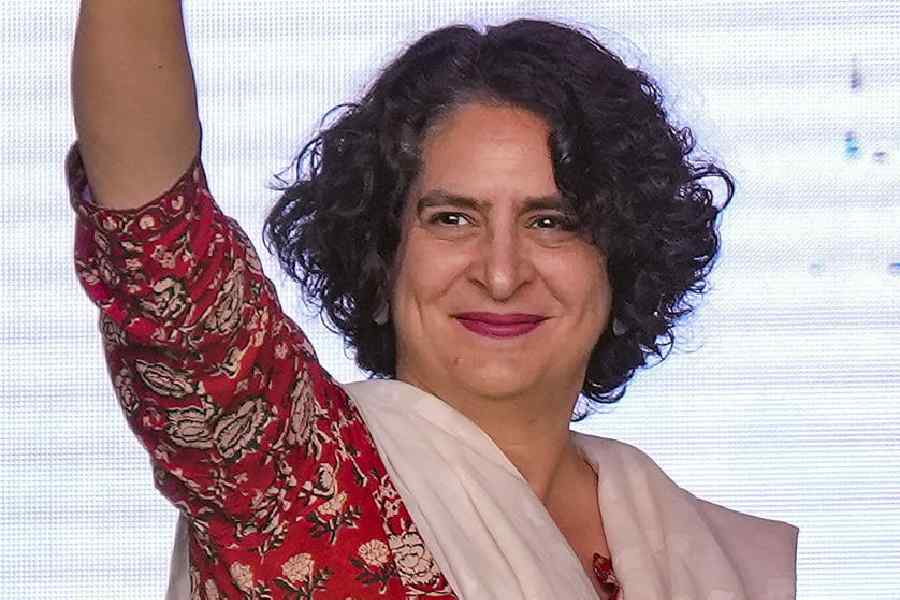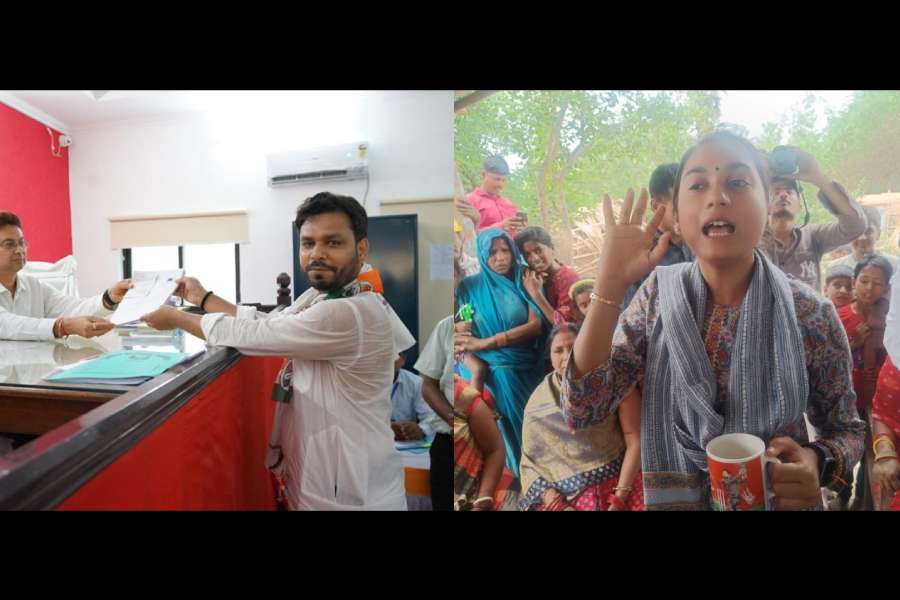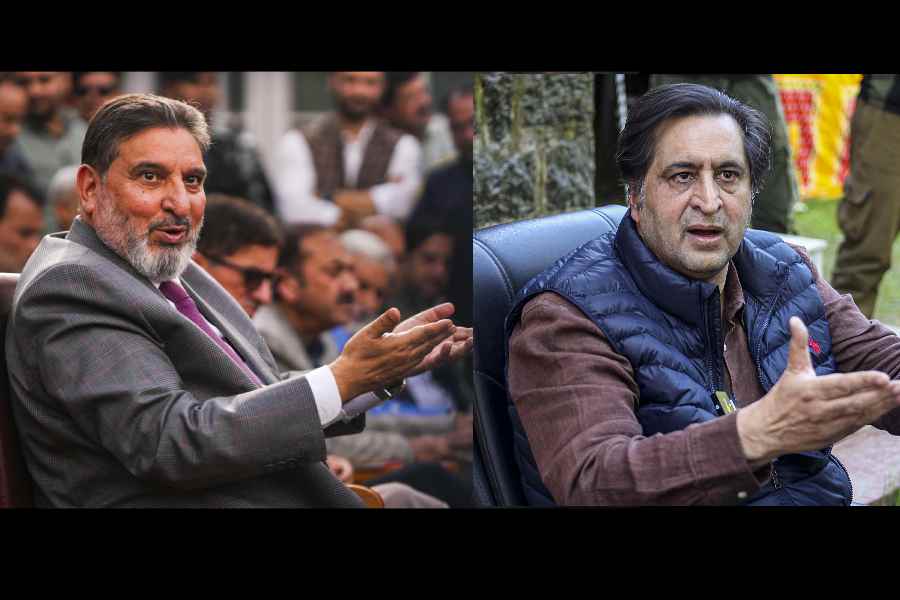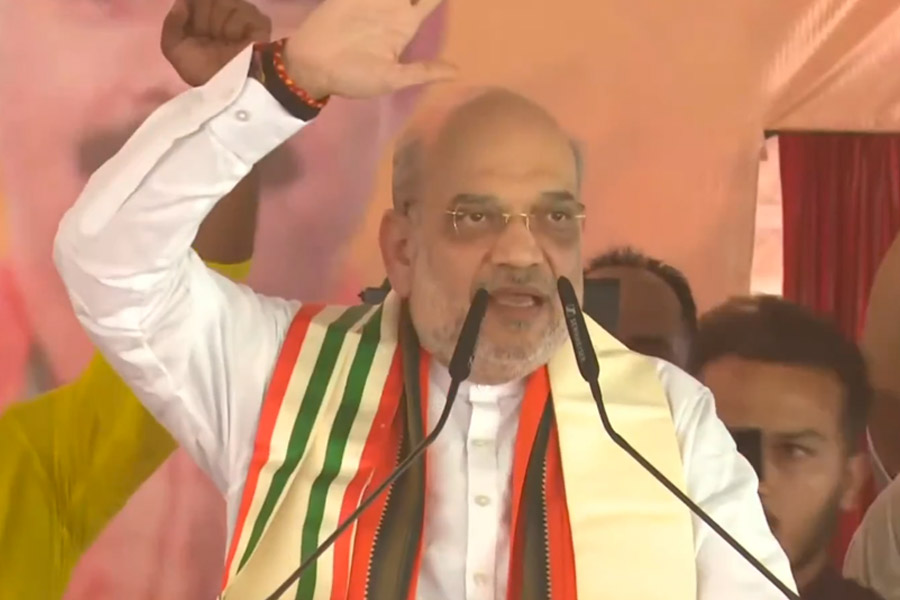To build or not to build is the question facing the Vivekananda Road flyover, a portion of which had collapsed more than three years ago killing 26 people, but the rest of the structure has remained untouched since then.
More than 75 per cent of the flyover had been built when a 41-metre deck slab had collapsed in March 2016. Three years on, the state government has failed to take any decision on the flyover’s fate — whether to demolish it or retrofit the remaining portion and throw it open to traffic.
On Tuesday, the Calcutta Metropolitan Development Authority (CMDA) decided to conduct a fresh health audit of the structure by an agency that would give a conclusive decision on the flyover’s fate.
The Telegraph spoke to local residents living in the flyover’s vicinity, residents of north Calcutta who have to cross the stretch frequently, traders along the route, police officers and government officials to get their view on the bridge.
Residents living in the vicinity: demolish it
If the flyover is completed, it will hardly benefit people living in its immediate vicinity as they will have to take the road below to reach their homes. Therefore, most local residents want it pulled down.
At places, the flyover passes dangerously close to balconies of some homes. A residents also said that the government’s delay in taking a decision was putting their lives at risk because no one knew how safe was the structure.
Sanjoy Das, who lives near Ganesh Talkies where a portion of the flyover fell, says: “The flyover will only benefit those travelling between Girish Park and Howrah to bypass localities under the bridge. But in the end we will have to bear the brunt if there is another cave-in. Why keep a structure, a portion of which had already collapsed?”
An IIT Kharagpur team, which was appointed to study the standing structure, had identified the portion between Ganesh Talkies and Girish Park as unsafe because of “poor design, poor material and poor workmanship”.
“As local residents, we have to ply on the road under the flyover almost everyday. Whenever I pass under it, I feel scared,” said a local resident.
Residents of north Calcutta: build it
They want the flyover to be built, as it would lessen their travel time to Howrah. It takes nearly 50 minutes to reach Howrah from Shyambazar. If the flyover is built, the time may reduce by half, said a resident of Sovabazar’s Hatkhola.
There are two routes that vehicles take to reach Howrah from north Calcutta. One is through CR Avenue and MG Road. The other is via Jadulal Mullick Road and Kalakar Street. Both these routes remain congested perennially. “The flyover will help us reach Howrah easily,” said a resident of Sovabazar’s Hatkhola.
Local traders: build it for better business
The traders along the route feel it will benefit them more if the flyover becomes operational. Biswanath Agarwal, the general secretary of Posta Bazaar Merchants’ Association, said the traders’ body had made verbal representations to ministers and other political leaders so that a decision is taken on the flyover’s fate. “If light vehicles, such as private cars, use the flyover, it would reduce snarls on the road. Trucks and lorries can load and unload goods in the Posta wholesale market without much hassle,” he said.
Agarwal said as of now private cars had to share space with carts, lorries and trucks. “Private cars have to bear the snarl. This will end if light vehicles take the flyover,” he said.
Govt officials: give a conclusive decision
The latest status is that one government department has passed on the responsibility of looking after the standing portion of the bridge to another department.
A senior state government official said the public works department had expressed its inability to maintain the flyover and asked the CMDA to look after the maintenance.
The flyover was under the CMDA’s supervision during its construction stage, when it had collapsed. A committee, headed by the chief secretary, had handed over the flyover’s charge to the PWD after the collapse. But the PWD has now sent the ball back to the CMDA’s court.
“We have received a report from a consultant that lack of maintenance for three years, since the flyover’s collapse, could have further deteriorated the standing structure’s health. Usually bridges undergo regular maintenance, but in this case no maintenance has been done in last three years,” said a CMDA official.
He said they would want to hire an agency to study the standing portion’s health and give a final decision on its fate.
The state government had appointed a team from IIT Kharagpur for the health audit. Chief minister Mamata Banerjee said in September last year that the IIT’s report was inconclusive. “The (IIT) report we have got says if we try to demolish the bridge many houses will be damaged. That’s risky. Nor have we got the clearance to build it anew. So, we are seeking the opinion of other experts,” she said
Police: flyover will benefit traffic flow
Police officers who mange the stretch admit that if some vehicles take the flyover, it will ease congestion on Kalakar Street and Vivekananda Road. “But we will plan traffic circulation as instructed. The flyover’s health is still unknown,” said an officer.
After the collapse, the police had stopped movement of any vehicle under the standing portion. But gradually the restriction was eased. All vehicles now pass under at least some stretch of the remaining portion of the flyover. Managing snarls would have been impossible if vehicles were not allowed under the standing structure, said a police officer.










